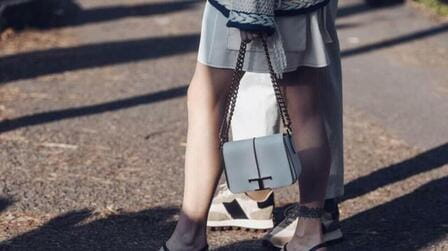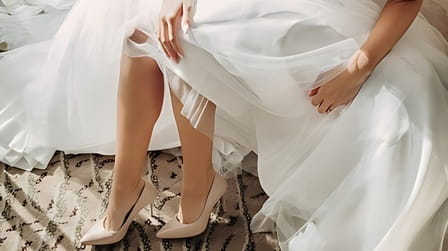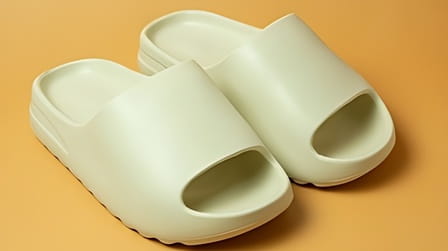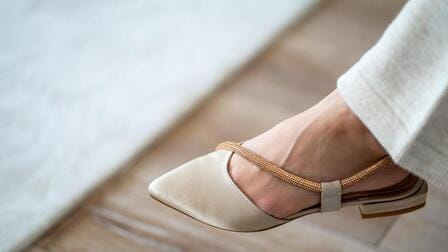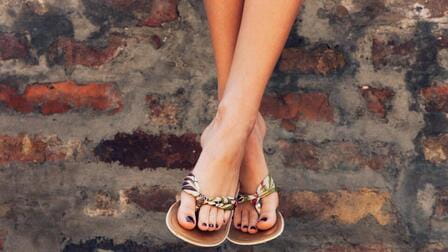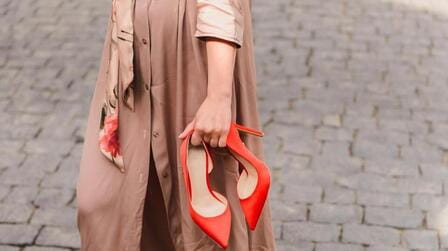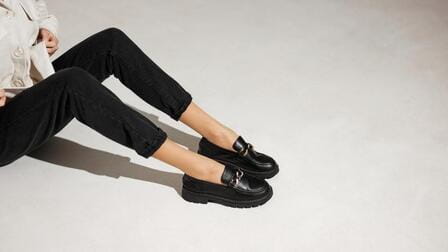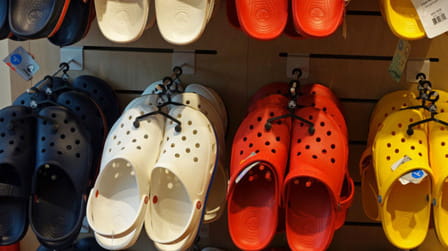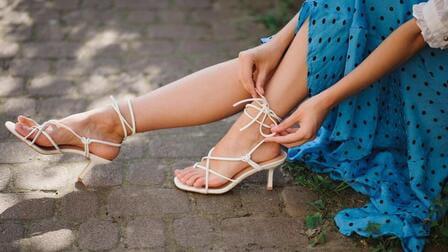Sandals are a type of footwear characterized by straps that go over the top of the foot and between the toes. They leave much of the foot exposed to air. Shoes, on the other hand, cover the entire foot and ankle. There are several reasons why sandals are often considered more comfortable than closed-toe shoes:
Ventilation
One of the main reasons sandals are more comfortable, especially in warm weather, is ventilation. Shoes cover the entire foot, blocking air flow, while sandals allow air to circulate around the foot. This airflow helps keep feet cool and dry, reducing sweatiness and discomfort. The open design also allows heat to dissipate more readily.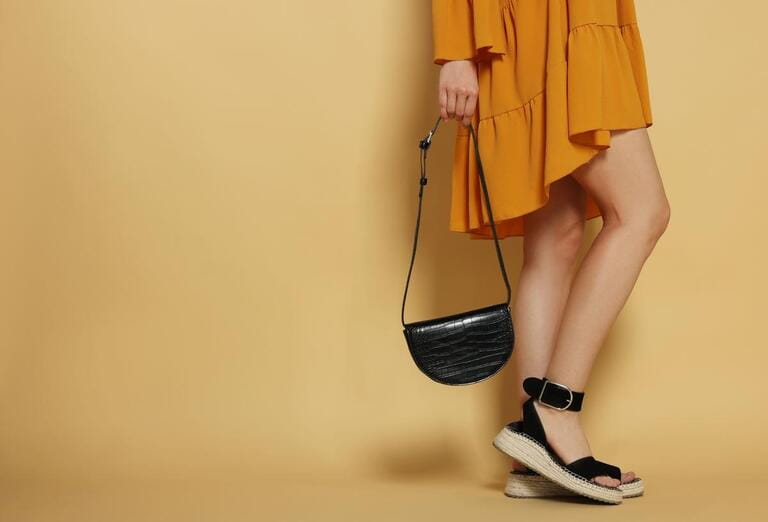
Flexibility
Shoes are generally made of stiffer materials that restrict foot motion. Sandals are typically made of softer materials like leather or rubber that move more naturally with the foot. The straps of sandals hold them on the foot while allowing the foot muscles and tendons to move freely. This flexibility reduces constriction and rubbing that can lead to blisters and calluses.
Weight
On average, sandals are lighter weight than closed-toe shoes. With shoes, the upper, lining, insole and outsole add weight. Sandals lack many of these components, keeping them lightweight. This reduces strain and fatigue on the feet over long periods of wear.
Toe Box Room
Most shoes taper to an enclosed toe box that crunches toes together. Sandals are open at the front, allowing toes to splay naturally without being pushed together. This toe freedom eliminates pressure points and friction between toes that can cause pain and blisters.
Arch Support
Flip flops and flat sandals provide minimal arch support, which some find comfortable for casual wear. But well-designed sandals have contoured footbeds that cradle the arches of the feet, providing appropriate support. This is preferable for long term comfort compared to closed-toe shoes that may rub or pinch arches.
Adjustability
The straps on sandals can be easily adjusted to achieve the right snugness for each wearer. The fit can also be adapted for slight foot swelling during the day. The adjustability ensures a secure, customized feel. Getting a similarly customized fit from enclosed shoes often requires professional help.
Perspiration and Odor
Feet sweat more in closed shoes, and the sweat has nowhere to go. This increases odor. The openness of sandals allows sweat to evaporate rather than being trapped against the foot. This helps keep feet drier and less odorous.
Ease of Wear
Slipping into an open sandal is quicker and easier than tying laces or fastening buckles and straps on shoes. This also makes sandals easier to take on and off frequently. The ease of wear makes sandals a practical choice for situations where shoes would be inconvenient.
Lack of Break-In Period
Leather or stiff shoes often require wear over time to soften and conform to the foot's shape. Softer sandals can provide immediate all-day comfort without needing to break them in first.
Conclusion
So in summary, the ventilation, flexibility, lightweight structure, roomy toe box, arch support, adjustability, breathability, easy wear, and lack of a break-in period of sandals combine to deliver comfort benefits for many wearers. Of course, enclosed shoes have their own advantages in terms of protection, support and style. But when comfort is a top priority, such as for beachwear or casual summer use, sandals are difficult to surpass. Their open, foot-conforming design prevents many of the sources of discomfort caused by closed-toe shoes.
